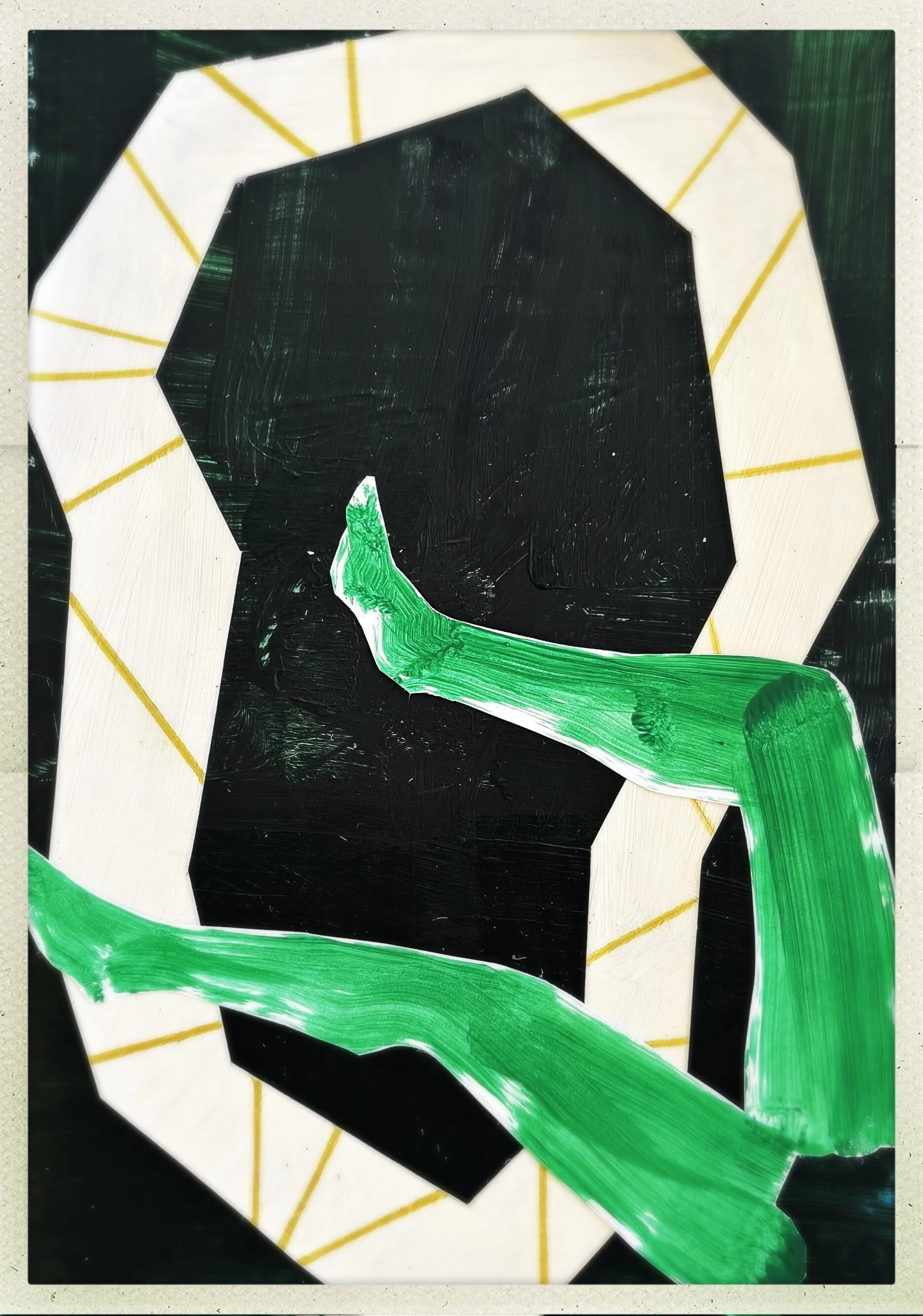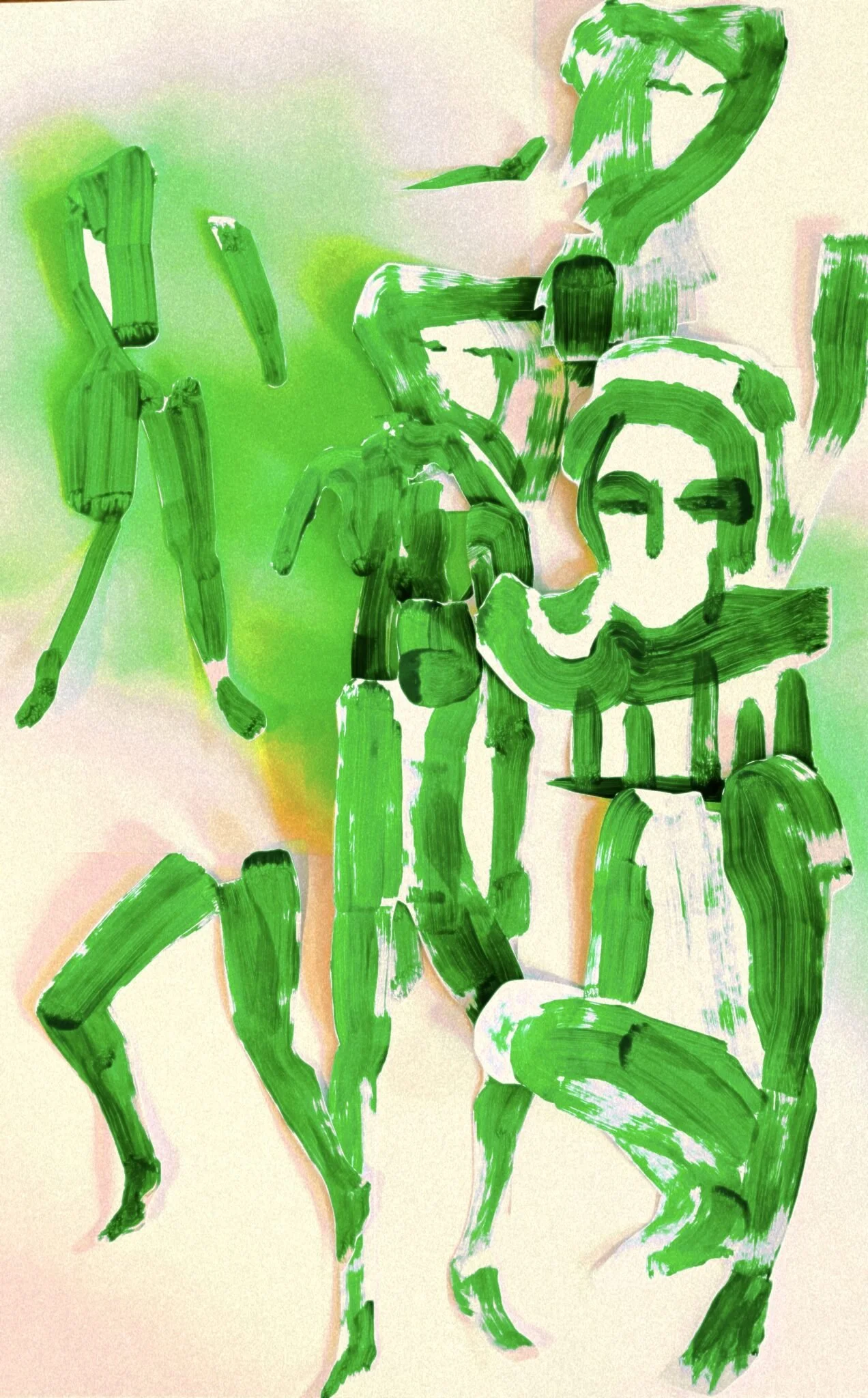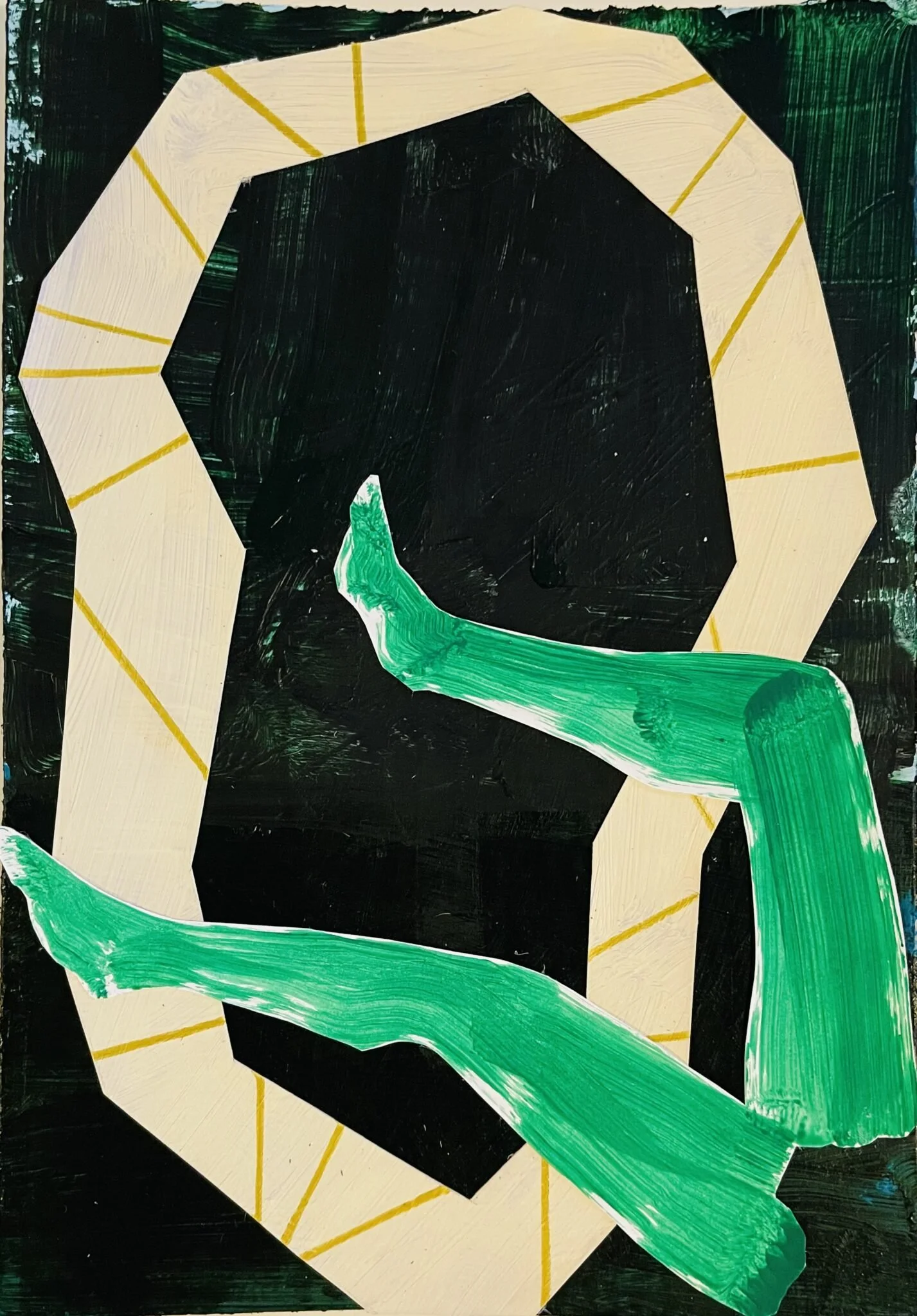Cover Image Flockhart K, Making A Scene (2025)
Consider a narrative to tell a story in a non linear way. Look for material relationships and juxtapositions to tie together using a more conceptual approach to making work.
Make a three dimensional collaged ‘scene’ in a box. Use juxtaposed elements from found materials and introduce one or more figures. Consider the juxtapositions, as well as any material connections through collaging together your materials in a theatrical setting.
Don’t try to make sense of the scene, instead consider the possibilities of playing with scale, texture, line, colour and tone. Spend time playing with the potentials of composition, what works and what doesn’t?
You may want to take elements from the box and reconnect in different ways, or you might want to draw the box with all of the contents in it. How you bring your ideas to fruition in this last drawing is up to you. Be imaginative, open minded, don’t worry if it is abstract, surreal or just doesn’t make sense in relation to how you usually make work.
I staged my scene with found objects, initially going for a pop art vibe. Everything was bright, quirky, irregular shaped. And I cut out figures from fashion magazines to place in the scene.
Id also looked at the work of David Salle, but on further investigation he turned out to be quite a dark and rude character which put me off a bit.
I was also drawn to the Japanese fanzine vibe. Bright and unconventional compositions, with quirky text, and alien like abstract forms appearing around the figures. An intuitive blend of observation and creativity.
Fig.1 Flockhart K, Making A Scene Study (2025)
But, although the piece I initially created from my ‘Scene’ was bright and vibrant it felt flat to me. Contrived and disconnected.
I was torn about presenting a piece which although it ticked the boxes of the exercise, with scale and content elements, it did not sit right with me. I felt very adverse to uploading it.
So I took a break, and moved on to the research task ‘Figures in Space”. I worked through each chosen artist, and found a familiar thread running through each individual. Which was surprising as they all work very differently, from different sources.
The artists all mentioned at some point in their interviews, the need to feel a connection to the subject for it to exist, or how the artist has to want these things (subjects) to exist. And further more, they all manipulate their subjects and process to align with their inner world. For some that was a constant, others it changed with circumstance but they are all authentic to an existential / intrinsic nature that they personally possess.
This gave me clarity. I wanted to take my initial drawings and launch them into an existence that motivated me.
I made a list of phrases / words within my research to trigger a fresh approach to my piece.
Transform and harmonise
Manipulate to explore
Activate to create
Isolating
Chicanery
Transmergance of Stories
Dialogue between subjects
Recognisable forms
Form holding volume
Form defining volume
Abstraction to create distance between artist / subject / viewer
The last phrase was transcending. Not just for this piece but for how I subconsciously approach all expression. Always wanting to create this distance between myself, the subject, and especially the audience. I’m not trying to isolate myself, or remove accountability, but provide space for exploration. To take a subject and let an alchemy take over.
As I worked on the new piece, I isolated what spoke to me. Allowed the subjects to transform and harmonise. I could sense a dialogue appearing between the forms. They harmonised and activated each other. When I added or subtracted elements, the piece became silent. There was a definite balance of subjects at play.
What transpired in the end was a small piece, which is not normal for me, because as well as creating distance using abstraction I also avoid intimacy by (preferably) working large scale.
I had scaled down and cropped the objects in the original box to create an individual stage set. With select elements that energise each other with a composition.
Fig.2 Flockhart K, Making A Scene (2025)
List of Images
Cover Image Flockhart, K. (2025) Making A Scene. [Mixed media] In possession of: The author: Volleges.
Fig.1 Flockhart, K. (2025) Making A Scene Study. [Mixed media] In possession of: The author: Volleges.
Fig.2 Flockhart, K. (2025) Making A Scene. [Mixed media] In possession of: The author: Volleges.
Bibliography
Artists looked at
Donna Huddleston
Linder Sterling
Quentin Jones


